Decades of central bank distortions and regulatory / market-share capture by cartels and monopolies have completely gutted “markets,” destroying their self-correcting dynamics.
Unintended consequences introduce unexpected problems that may not have easy solutions. An entirely different set of problems are unleashed as unintended consequences have their own unintended consequences. This is the problem with complex emergent systems such as economies, societies and global supply chains: the system’s feedback, leverage points and phase-change thresholds are not necessarily visible or predictable, yet these dynamics have the potential to cascade small failures into systemic collapse.
The unintended consequences of unintended consequences are called second-order effects: consequences have their own consequences.
So for example, you juice your economy with massive stimulus after a lockdown that upended consumers and global supply chains, crushing both demand and supply, and suddenly you have rip-roaring inflation as demand comes back while supply chains remain tangled.
Shifting critical industrial production to frenemies so corporations could maximize profits while reducing the quality of goods and services seemed like a good idea until the potential costs of that dependence on frenemies become apparent.
Assuming oil and natural gas would always be in abundance made sense when they were abundant, but geopolitical forces kicked that assumption into the gutter. All the reassuring economic stories we told ourselves–energy is only 3.5% of the economy and the household spending budget, so cost really doesn’t matter–fall off the cliff when availability and supply become the paramount issues setting price.
That 3.5% loses meaning when there’s not enough to supply demand and somebody loses the game of musical chairs.
Then there’s the fantasy that monetary policy imposed by central banks control inflation. The inconvenient reality is central bank monetary policy is akin to building sand castles on the beach: when the tide is ebbing, the castles look magnificent. When the tide is rising, the sand castles are quickly washed away.
…click on the above link to read the rest…






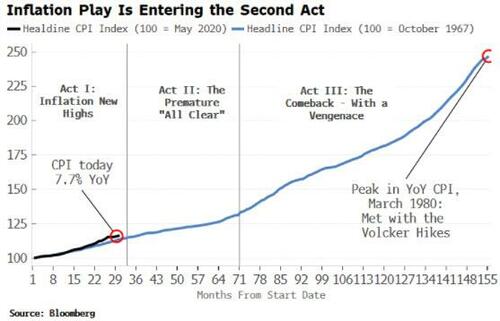

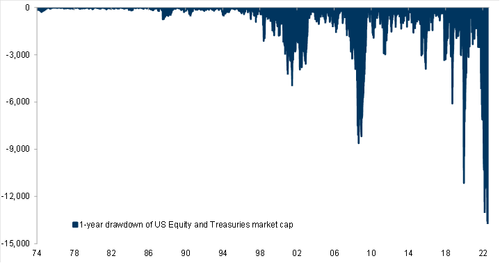
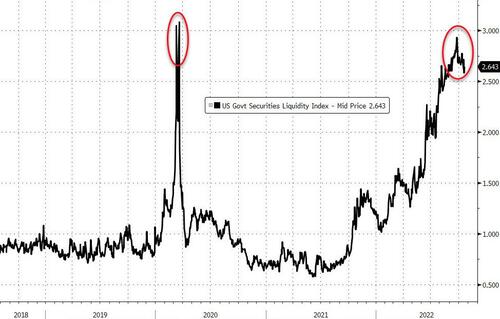
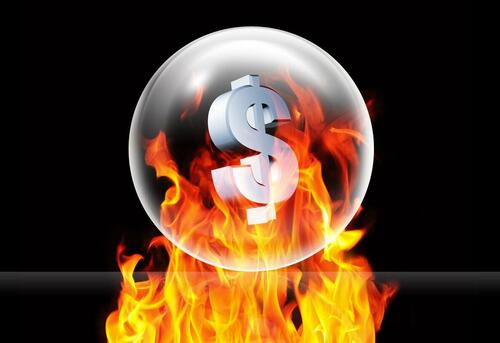
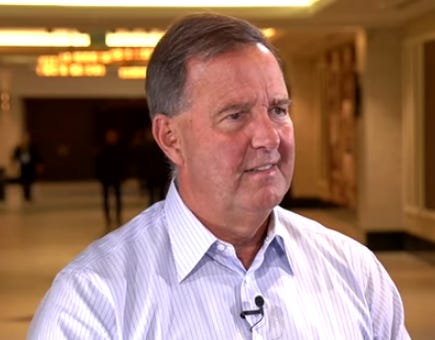
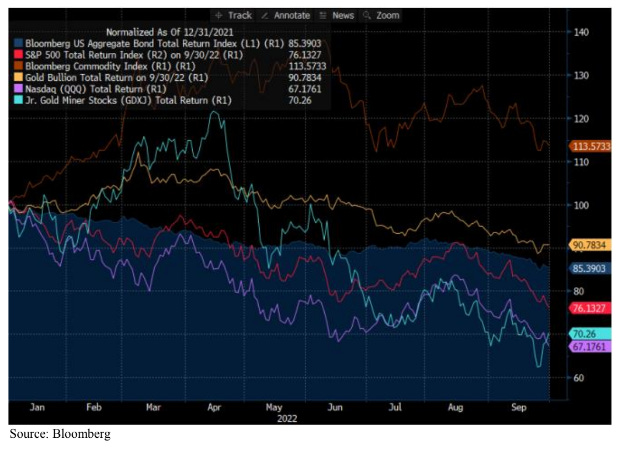
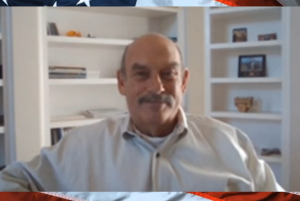

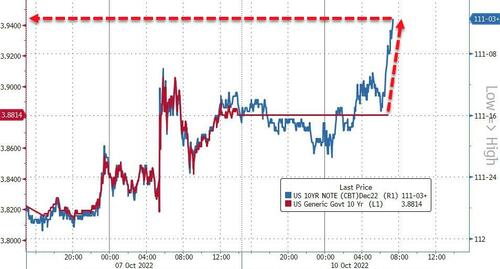




NEW YORK – The world economy is lurching toward an unprecedented confluence of economic, financial, and debt crises, following the explosion of deficits, borrowing, and leverage in recent decades.
In the private sector, the mountain of debt includes that of households (such as mortgages, credit cards, auto loans, student loans, personal loans), businesses and corporations (bank loans, bond debt, and private debt), and the financial sector (liabilities of bank and nonbank institutions). In the public sector, it includes central, provincial, and local government bonds and other formal liabilities, as well as implicit debts such as unfunded liabilities from pay-as-you-go pension schemes and health-care systems – all of which will continue to grow as societies age.
Just looking at explicit debts, the figures are staggering. Globally, total private- and public-sector debt as a share of GDP rose from 200% in 1999 to 350% in 2021. The ratio is now 420% across advanced economies, and 330% in China. In the United States, it is 420%, which is higher than during the Great Depression and after World War II.
Of course, debt can boost economic activity if borrowers invest in new capital (machinery, homes, public infrastructure) that yields returns higher than the cost of borrowing. But much borrowing goes simply to finance consumption spending above one’s income on a persistent basis – and that is a recipe for bankruptcy..
…click on the above link to read the rest…